Cranes of every size are rated for certain loads, angles of lifting, and other aspects of any lift – these factor into the crane ground bearing capacity. These crane rating manual load charts let an operator, rigger, and project manager know exactly what a crane is capable of. These standards help establish a safe lifting radius, lifting weight, and height. All cranes sold by Triad Machinery (Link-Belt Cranes) meet American National Standards Institute B30.5 code compliance.
With new technology available to crane operators, they have even more safety information at their fingertips. With a communication partner on the ground using hand signals (construction sites can be very loud after all), the operator has numerous operator aids that provide the information they need to safely work the crane.
However, nothing undermines the safety of a lift like a crane that hasn’t been leveled or properly secured. The ground bearing capacities of every crane are rated for ideal conditions including even, steady ground and little to no wind. Of course, no two construction jobs are ever the same – including the condition of the job site.
Improving Site Conditions and Safety
Cranes are used for a wide range of applications. Construction, repair of industrial plants or facilities, loading or unloading containers, and even constructing other cranes. Except for stationary cranes found along the docks or railroads for consistent lifting, most cranes are moved from site to site.
The tower cranes that dot downtown skylines are often held in place by large concrete footings or to the building being built. Other than tower cranes, mobile cranes need to be placed on solid, even ground before starting work. Even downtown city streets have a crown that needs to be dealt with before the crane starts lifting.
To make sure the crane is set properly, the ground below needs to be solid as well. Even asphalt streets or concrete parking lots can compact under the weight of a crane. To prevent the ground bearing pressure from “settling” is to use outrigger pads or crane mats. Triad Machinery is a dealer of DICA Outrigger Pads.
As the name suggests, these devices are placed under the outrigging feet to help displace some of the weight and increase the point of contact. The weight is dispersed over a greater area, relieving the stress or pressure of the outriggers.
A city street may need a single mat – working on open ground at a wind farm may need four or five to effectively distribute the weight. In most cases, the ground is tested before deciding on how many pads or mats are needed to offset the pressure.
If equipped to do so, outriggers should be used on every lift for an added measure of safety. No matter what the load is, the size of the crane, or the stability of the ground, an unexpected gust of wind can jeopardize the lift. If there is an issue with an outrigger or any stabilization device, the crane should be decommissioned until fixed.
Get Your Crane From The Experts
Triad Machinery is an authorized dealer of Link-Belt cranes, offering a wide range of machinery. We sell, rent, and buy Rough Terrain, Crawlers, Hydraulic Truck, and other cranes to make your lifting projects that much easier. Every single one of our cranes has gone through a thorough inspection from our factory-trained service professionals. We also provide annual certifications for each crane we rent/sale.
Unsure of what kind of crane you’ll need? Contact Triad Machinery and tell us about your job. We’ll make sure you get the right machine – or machines – to get your job done correctly, quickly, and safely. All cranes will come with load charts and other required safety documentation.
With six locations throughout the Northwest, you’re never too far away from Triad Machinery. In addition to Link-Belt cranes, we also carry LBX construction equipment and Tigercat and Waratah forestry equipment. Parts, accessories, and mobile repair trucks make us a leader in the regional machinery industry. Contact us today to see how we can help you.
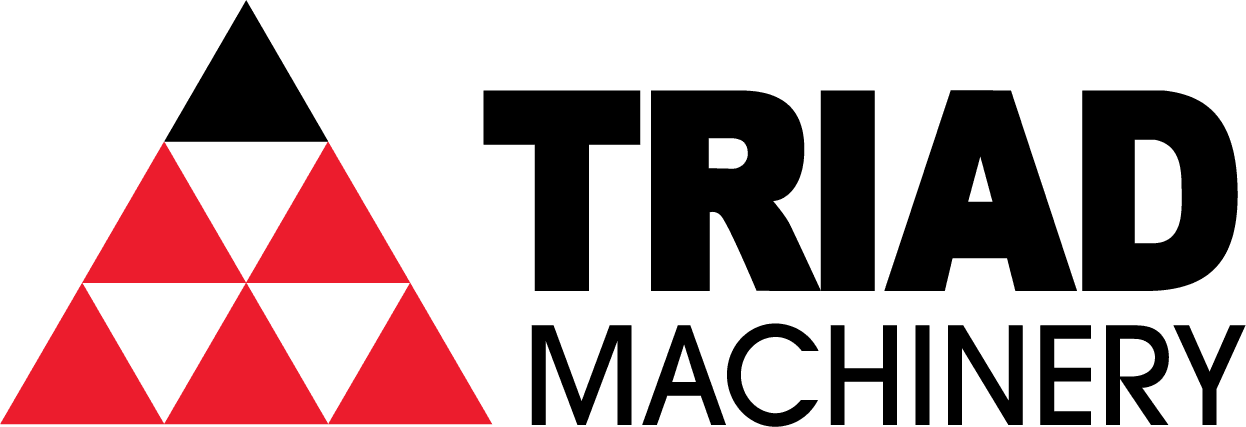
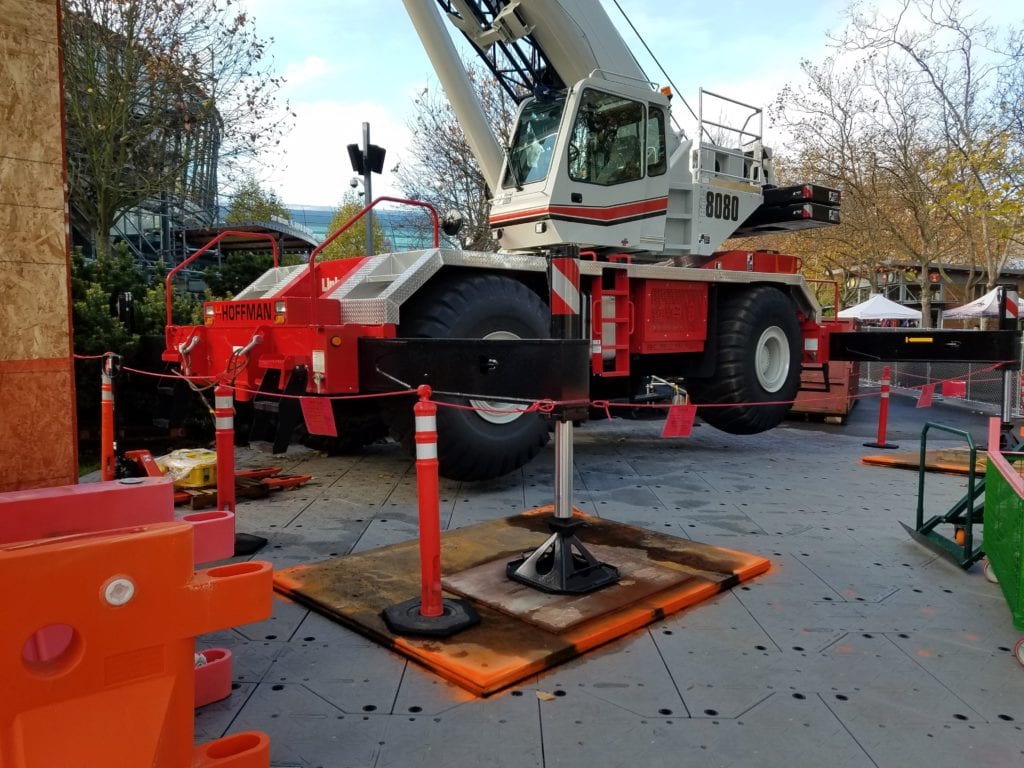
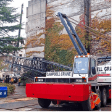
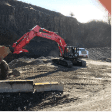

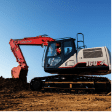
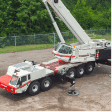

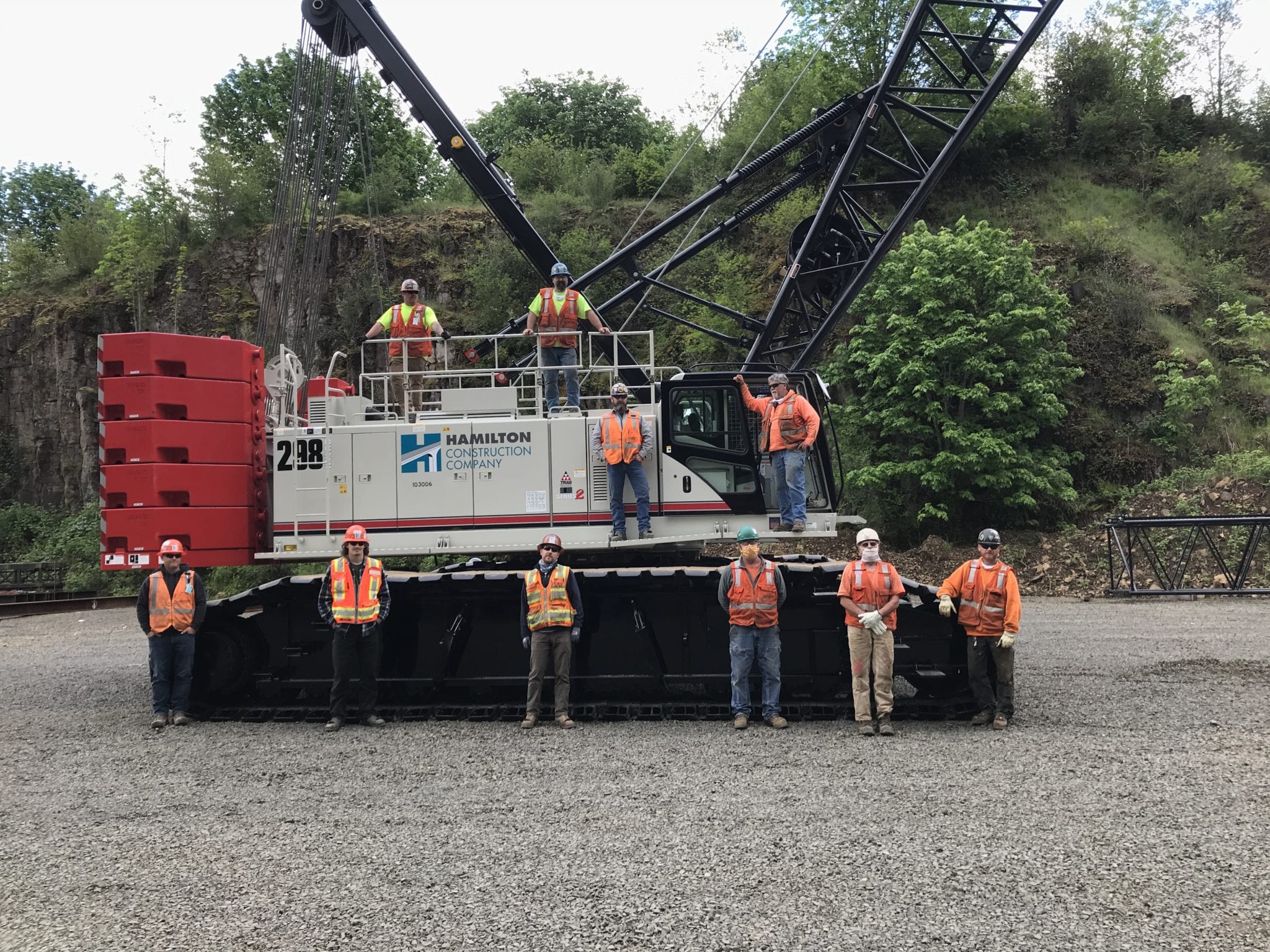
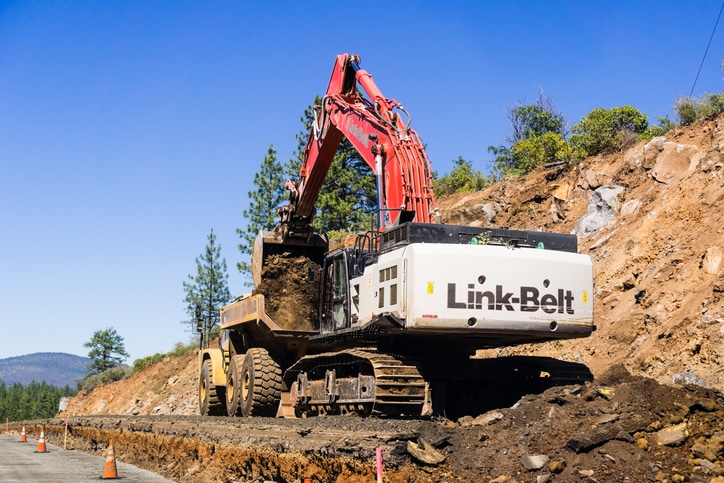
One thought on “Crane Ground Bearing Capacities”
Comments are closed.